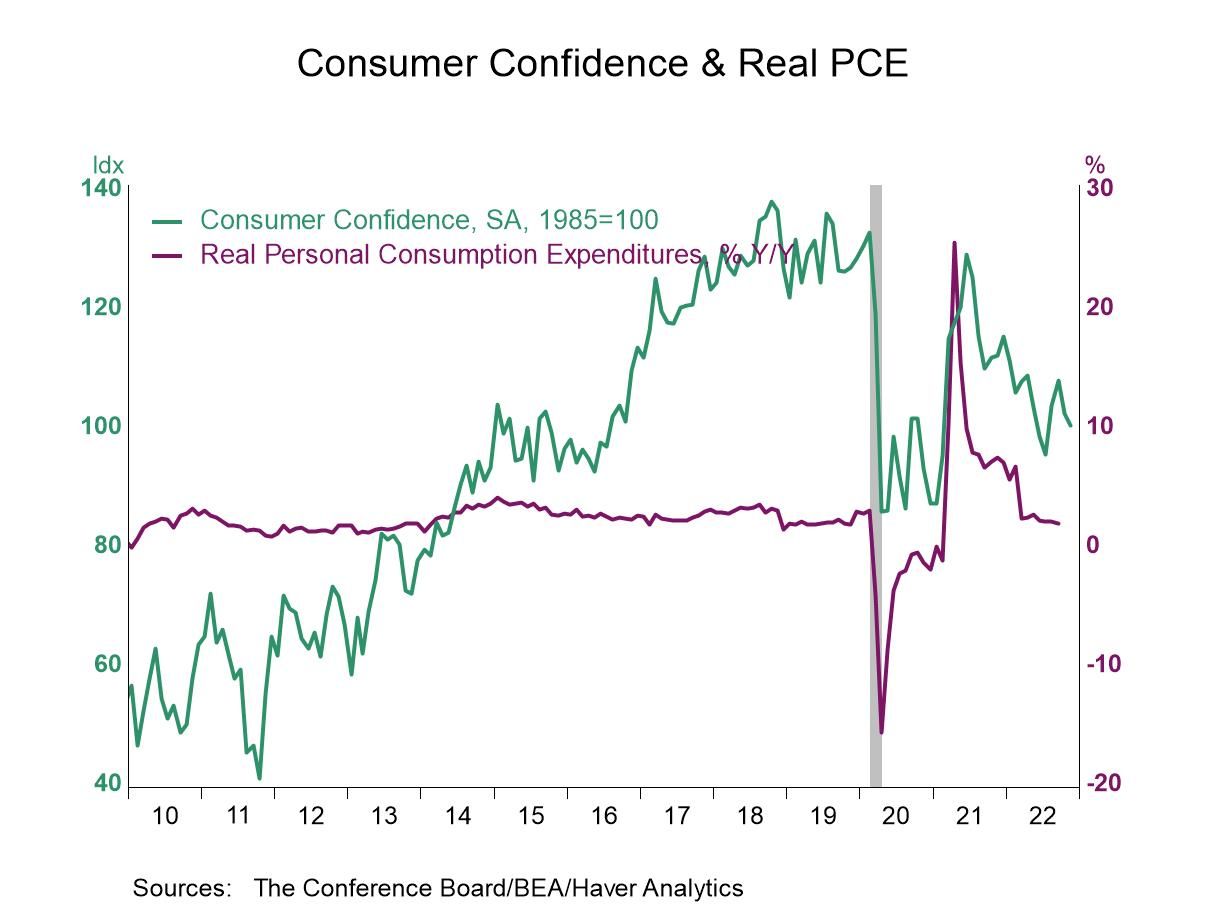The Belgian CPI has strong correlations with both German and EMU-wide inflation measures; the deceleration of headline inflation for the Belgian CPI in November is good news. The year-over-year pace in October had been 12%; in November the year-over-year pace migrates down to 10.6% over 12 months. The CPI core rate also is slightly easier rolling in at a 6.1% annual gain in October and ticking lowered to a 6.0% pace in November. Of course, we're looking at month-to-month comparisons of year-over-year gains and, in the case of the core, looking at a very tiny deceleration. However, markets are grasping at straws for good news and there are at least several hints of good news in this report.
Beyond those headlines, we see that inflation on a year-over-year basis still has diffusion of 100% in November as it did in October. Both months show acceleration in the underlying pace of inflation and all the CPI categories compared to the one-year ago pace. Headline inflation may be accelerating, but disaggregated, across all categories it's showing a diminishing tendency to do that.
Sequential inflation provides the less pleasant message here. The CPI headline at 10.6% over 12 months races at a stronger 11.7% pace over six months and rises to a 13.3% pace over three months. The CPI core provides less clear guidance as it rises at 6% pace over 12 months then at a 6.8% pace over six months and then falls back to a 6% pace over three months leaving us with an unclear message about 'trend.'
Inflation diffusion, which compares the breadth of inflation in each period to the period before, is at 100% over 12 months. Inflation accelerates in all categories over 12 months; that proportion falls to 70% over six months comparing the six-month pace to the 12-month pace. Over three months inflation diffusion falls to a still strong 60%; that compares inflation over three months to six months. Diffusion data show that the breadth of inflation acceleration is narrowing from 12-months to six-months to three-months rather steadily. This is the opposite message from the headline and is a message that may be more consistent with the core pace that doesn't have a clear message on the path of inflation itself.








 Global
Global